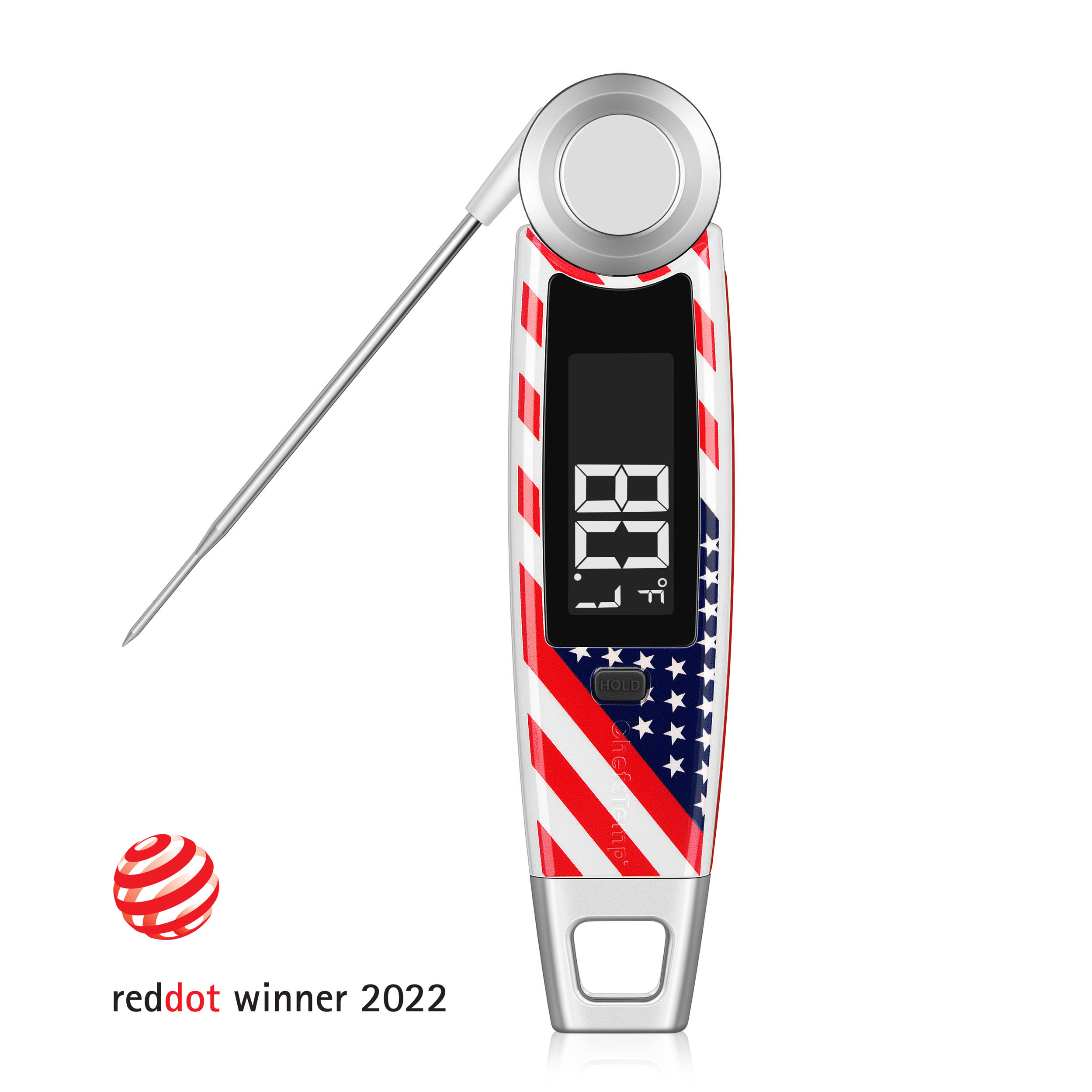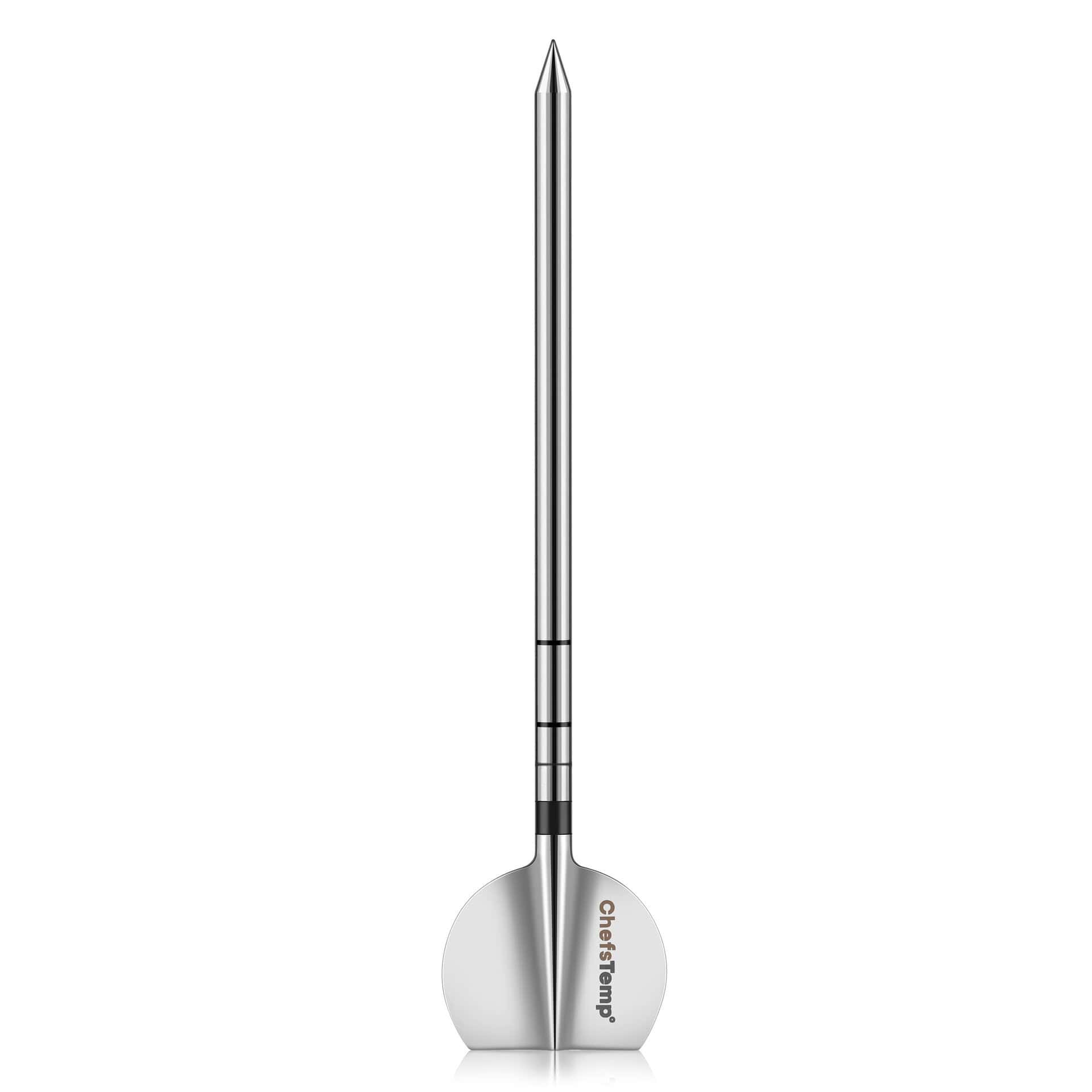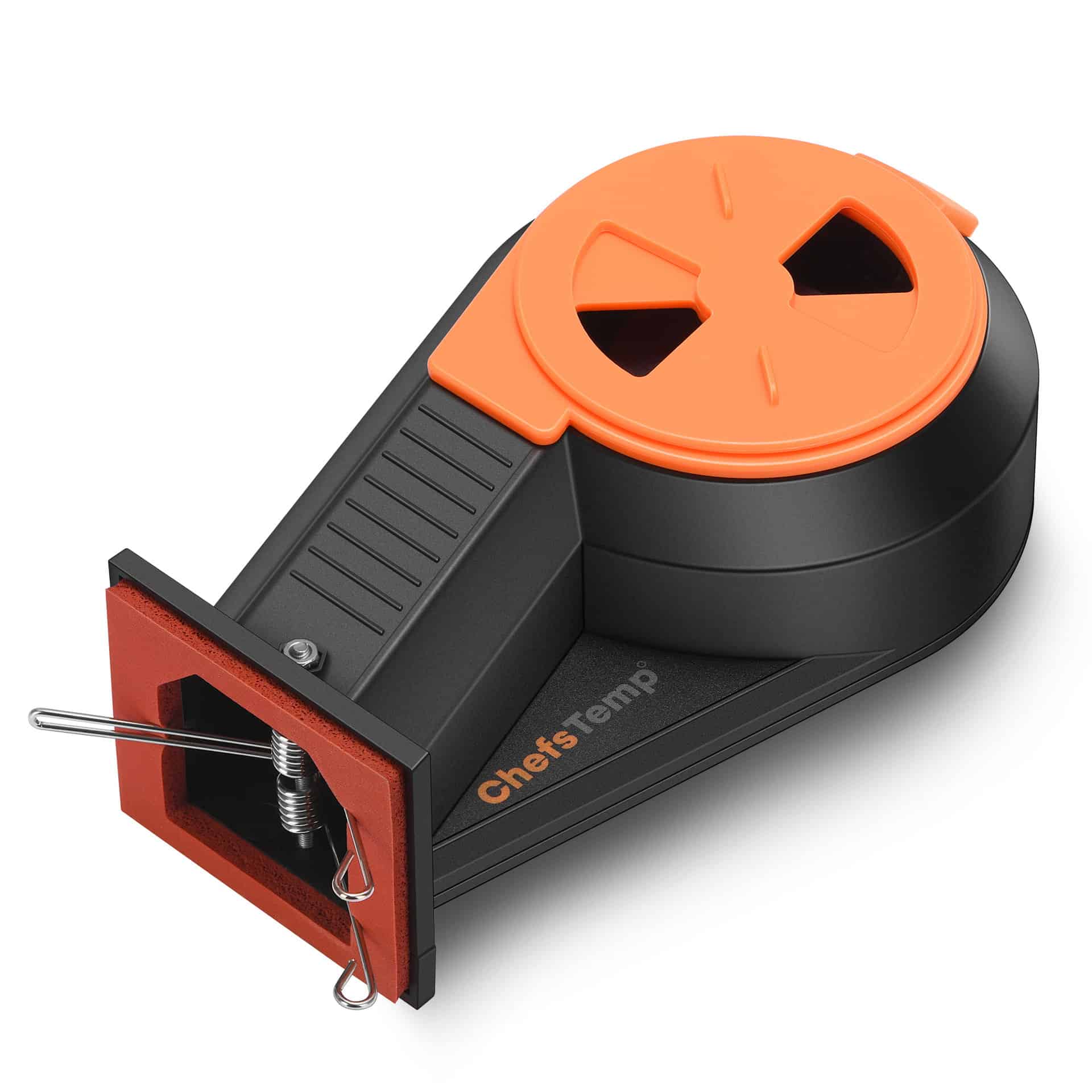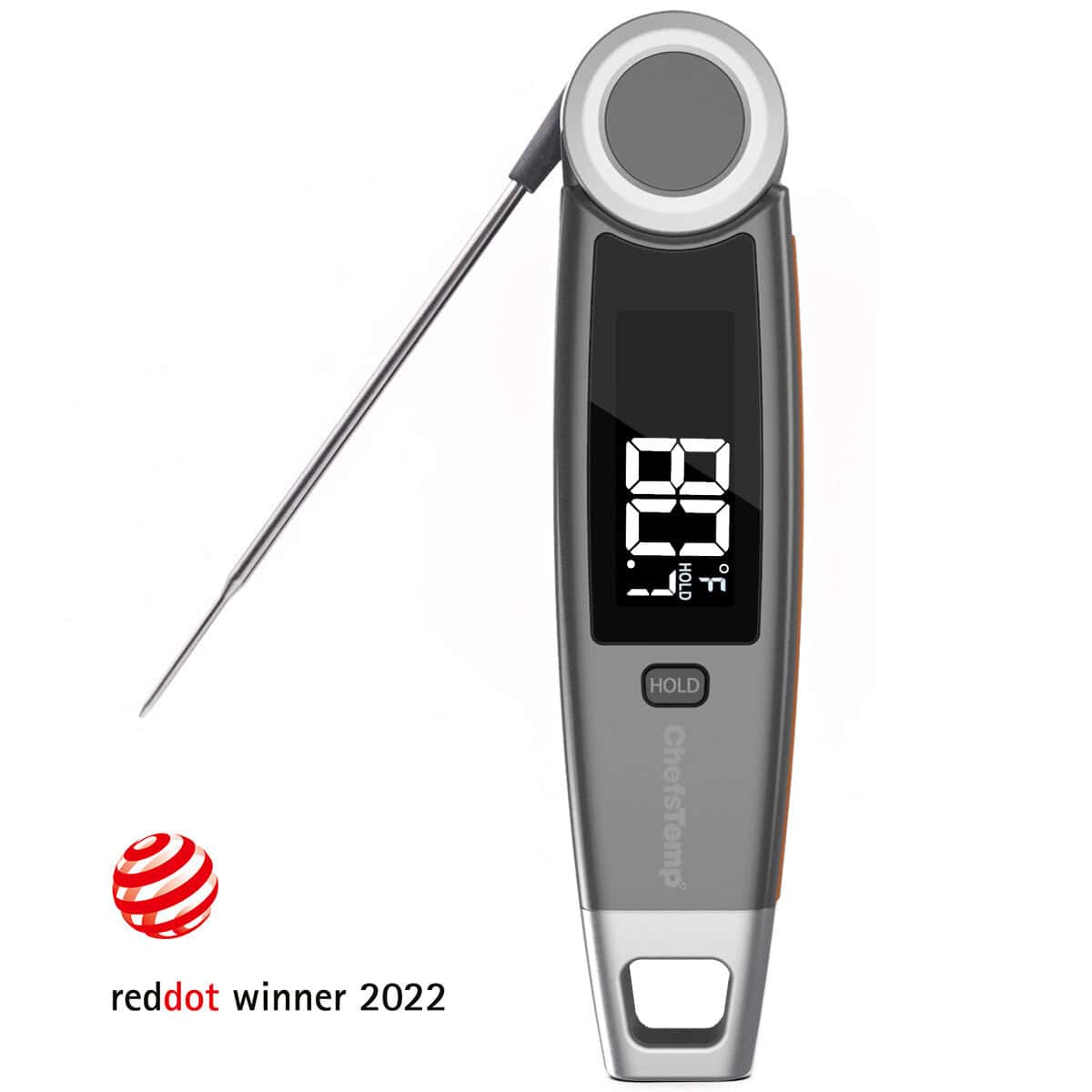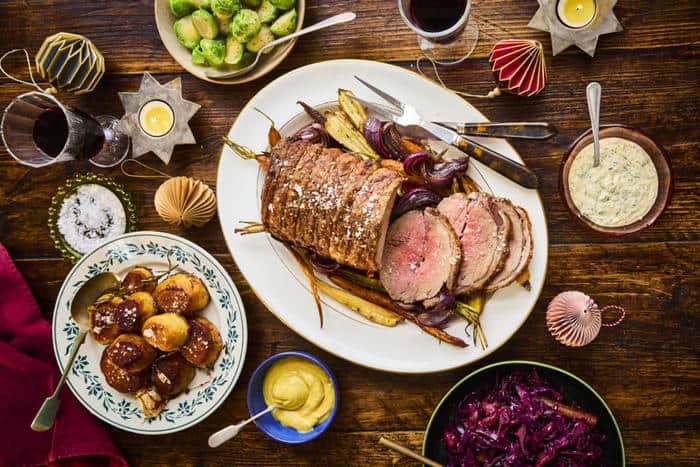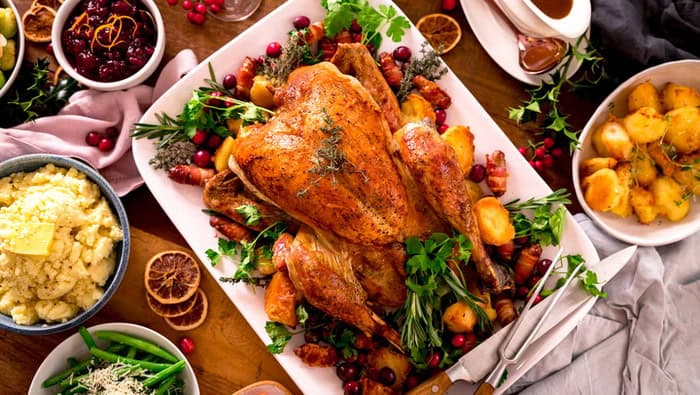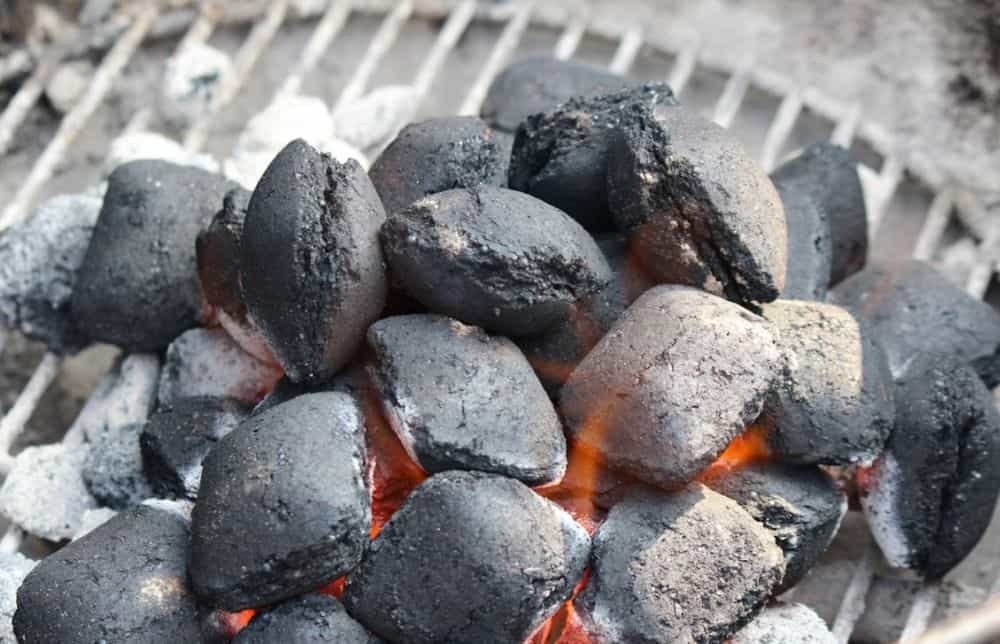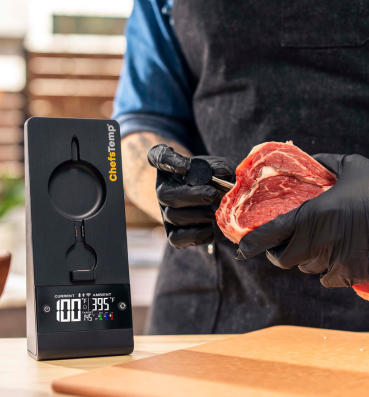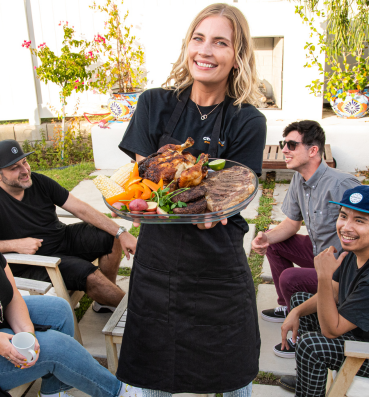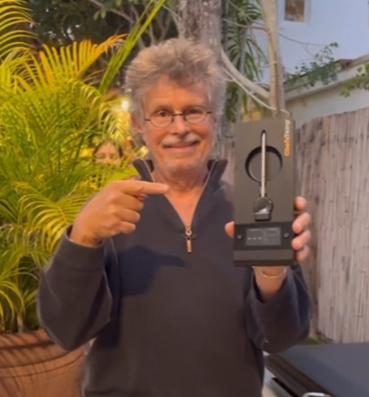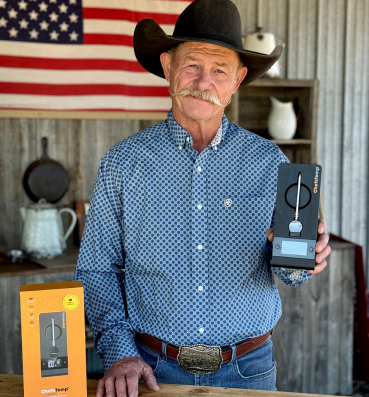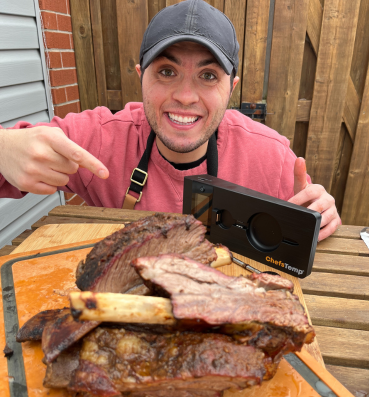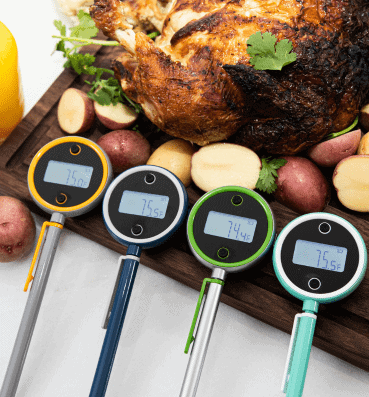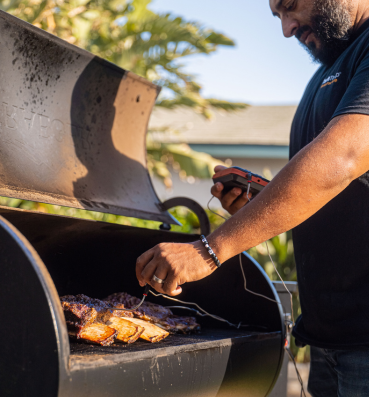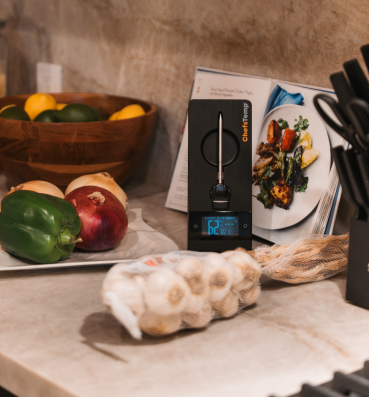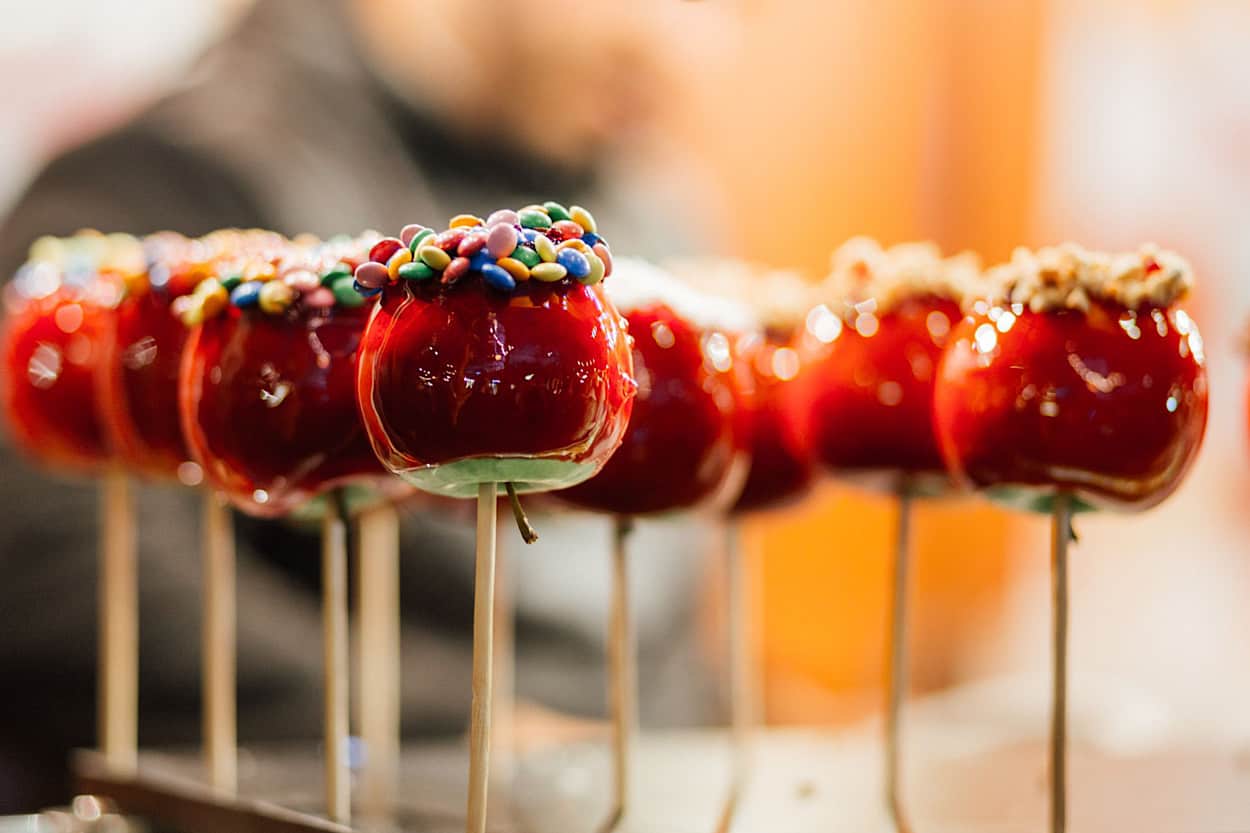
Candy Temperature Chart
When cooking candy, the most important thing to get right is the temperature of the batch. Getting the wrong temperature of the batch can result in the end product not look or tasting so good. Ensure you have an accurate thermometer which has been calibrated to guarantee you cook to the right temperature. Glazes, toffee, marshmallows, fudge, and creams all need to be cooked at different temperatures. To make it easier for you, we have put this Candy Temperature Chart together, it outlines the key temperatures popular candy based sweets should be cooked to.
As the sugar syrup is cooked the water boils away; this will cause the concentration of sugar to increase.The highest temperature the sugar syrup reaches determines what the candy will be like when it’s cooled.
Can you use a meat thermometer to make candy?
Yes. All the ChefsTemp probe thermometers are constructed with durable stainless-steel probes and are designed to withstand temperatures of up to 572°F (300°C). In candy making it is incredibly important to accurately measure the melted sugar temperatures to achieve your desired result. At every stage of the cooking sugar process (230-350°F or 106-177°C) our cooking thermometers are accurate to ±1°F (±0.5°C).
| Up to -350 F 177 C |
Glazes, Coating Agent Poured onto a white plate, the syrup will be deep reddish-amber in color. |
|---|---|
| 320-355 F 160-170 C |
Glazes, Coating Agent Poured onto a white plate, the syrup will be honey-golden in color. |
| 300-310 F 149-154 C |
Peanut Brittle When a small amount of sugar syrup is dropped into very cold water and it will solidify but still separate into hard brittle threads. |
| 270-290 F 132-143 C |
Butterscotch and Toffee When a small amount of sugar syrup is dropped into very cold water and it can be stretched between your fingers and separated into hard but not brittle threads. |
| 250-265 F 121-130 C |
Taffy and Marshmallows When a small amount of sugar syrup is dropped into very cold water and forms a ball that holds its shape but is pliable. |
| 245-250 F 118-120 C |
Caramels and Divinity When a very small amount of sugar syrup is dropped into very cold water and forms a ball that holds its shape but is still very sticky when pressed with your fingers. |
| 235-240 F 112-116 C |
Fudge, Fondant, Creams, Penuche, Maple, etc. When a small amount of sugar syrup is dropped into very cold water and forms a ball that does not hold its shape when pressed with your fingers. |
| 230-235 F 106-112 C |
Bind agent for fruit pastes A spoonful of sugar drizzled over a plate forms a fine, thin thread. This stage makes a syrup, not a candy. |
Discover Other ChefsTemp Products
Discover more recipes and learn kitchen tricks by joining our cooking family on Facebook.
You may also like:
